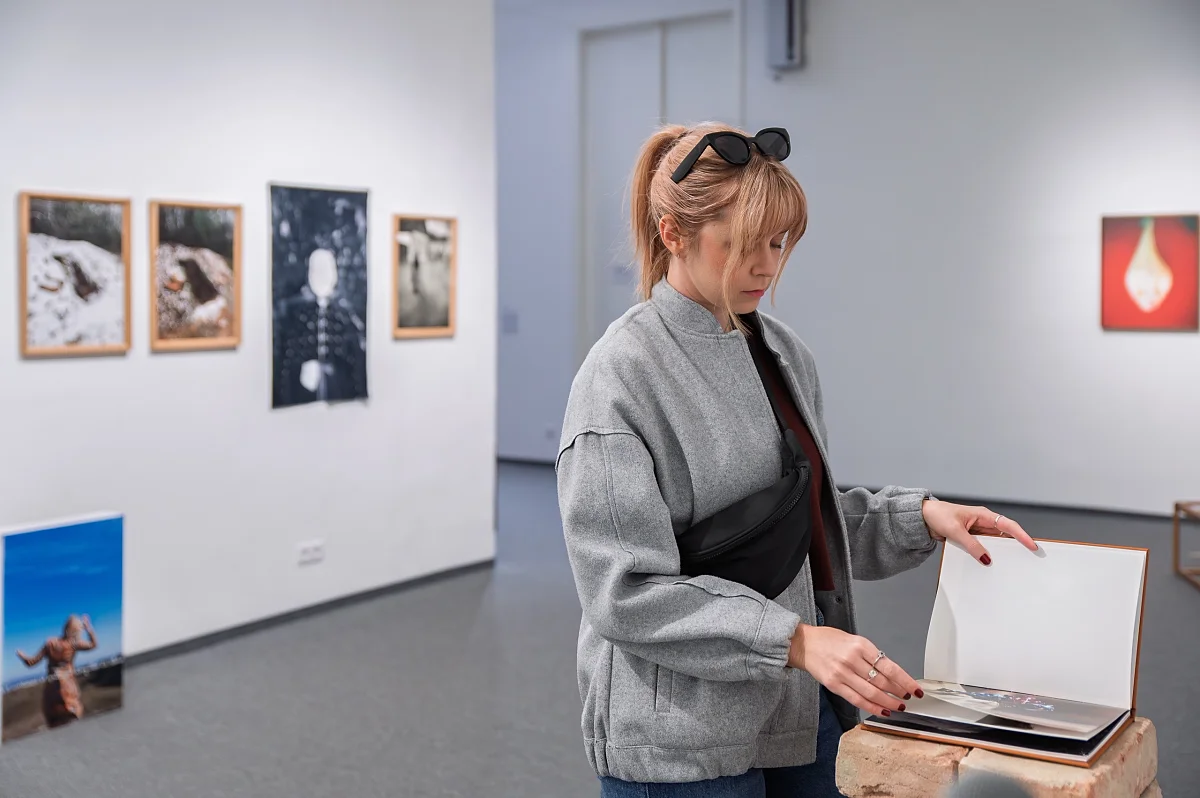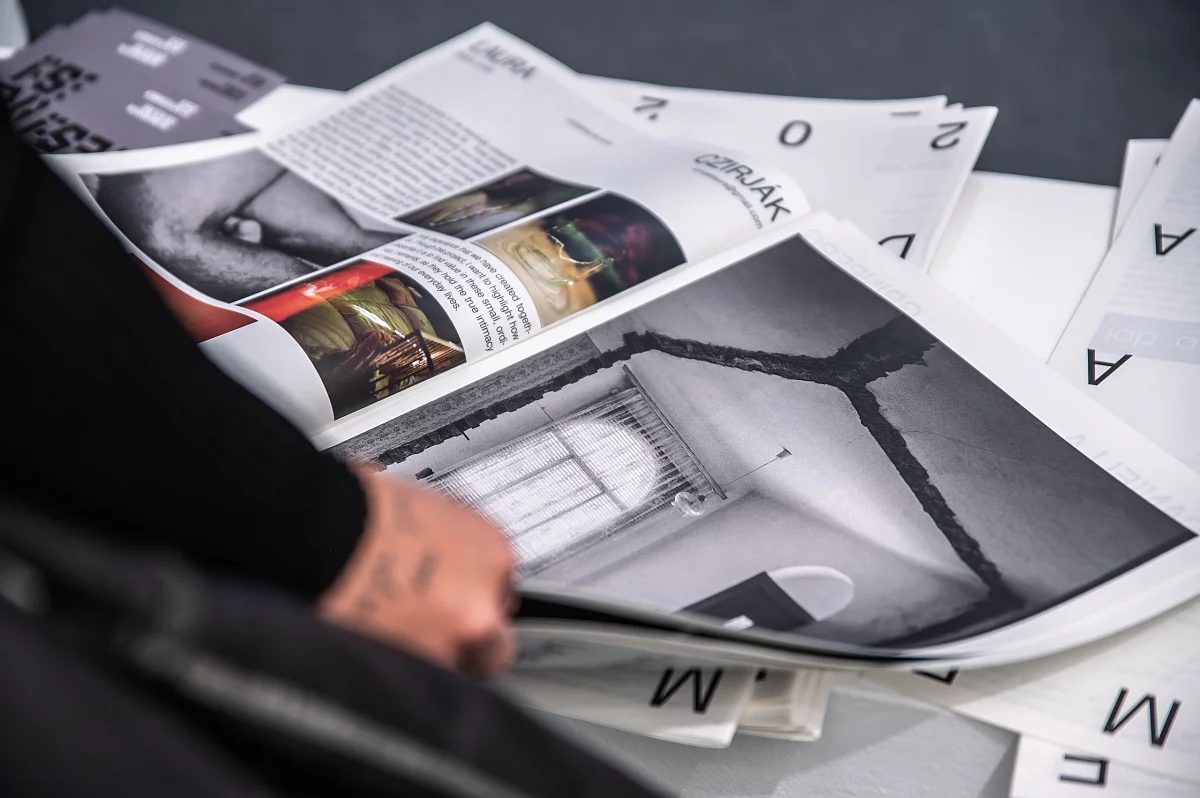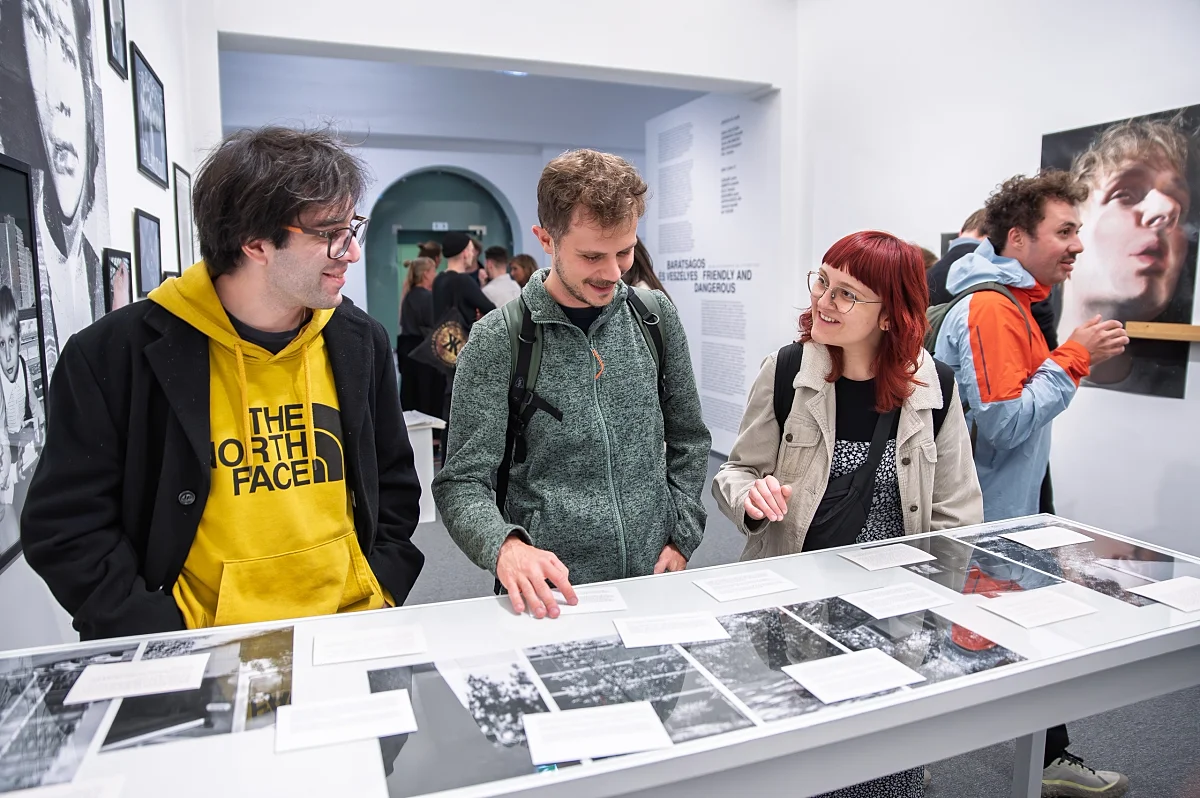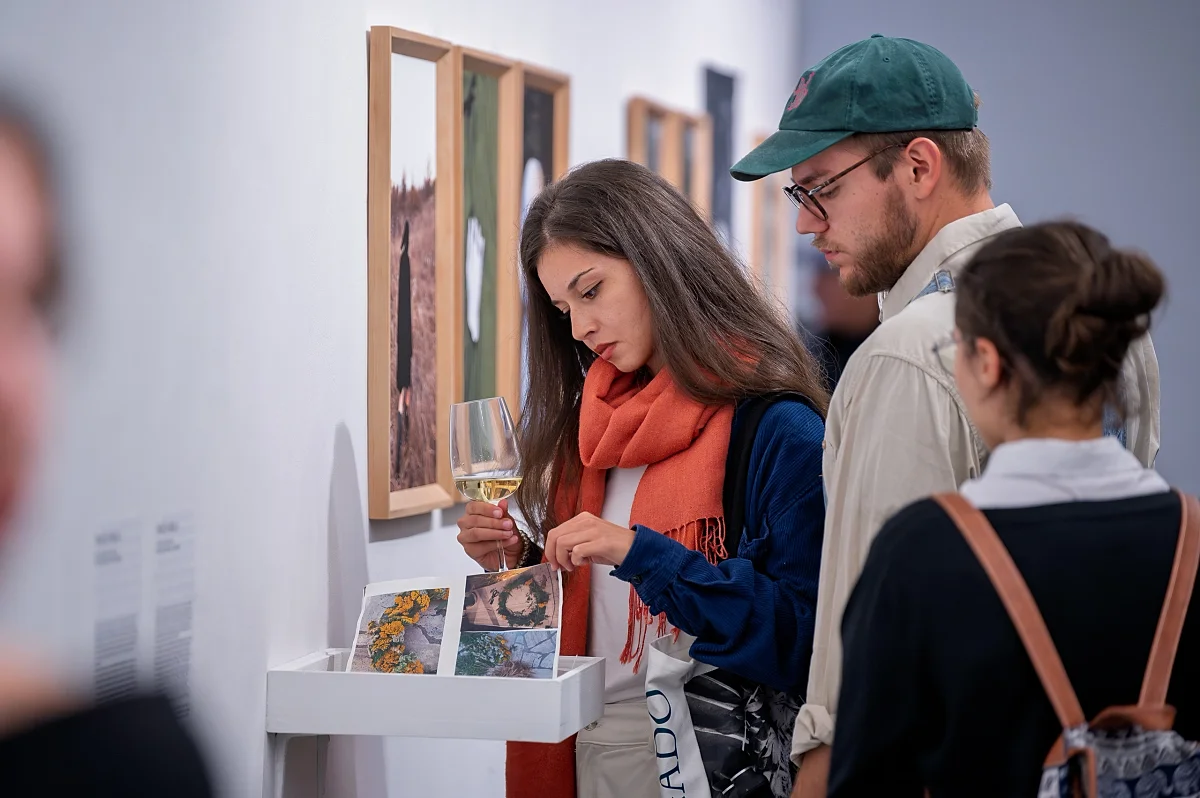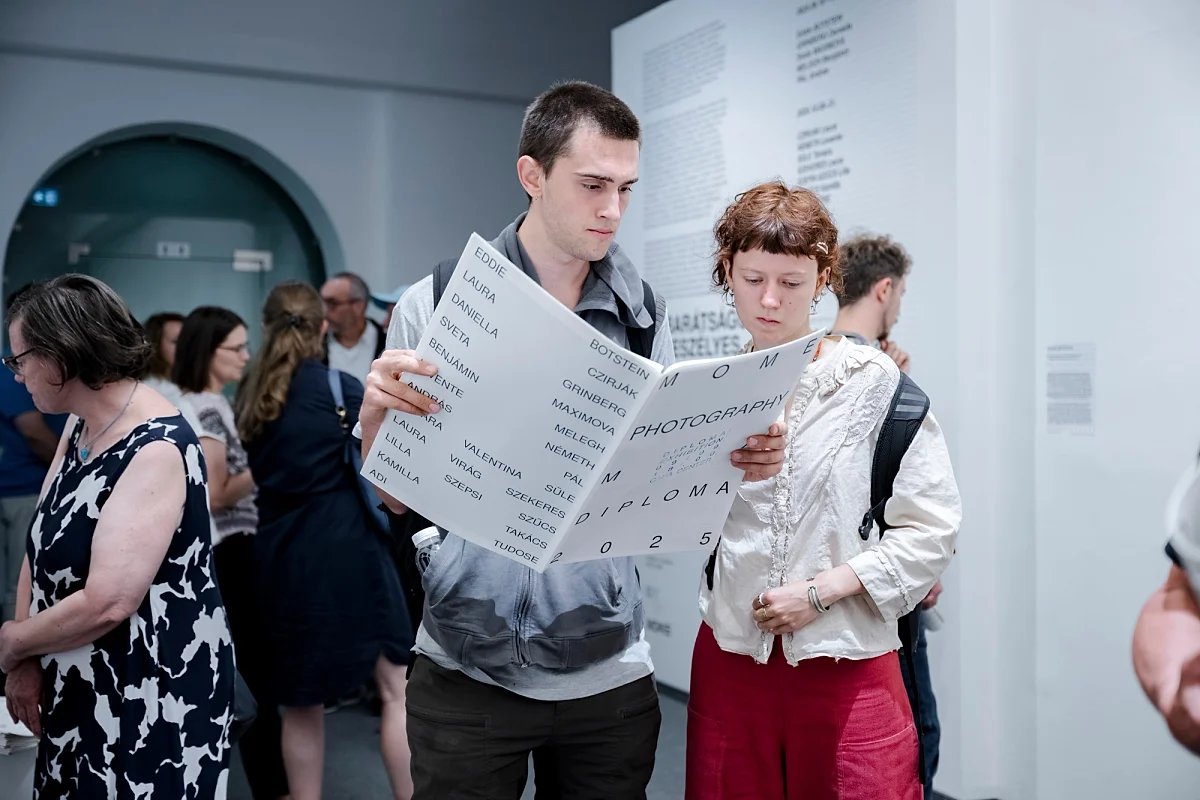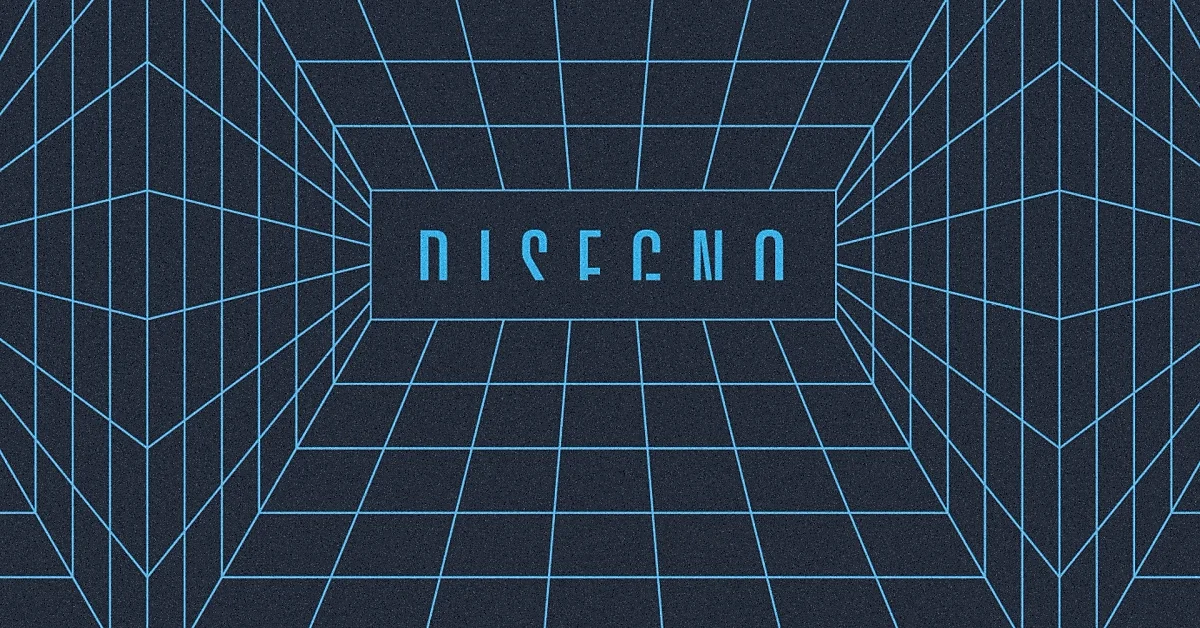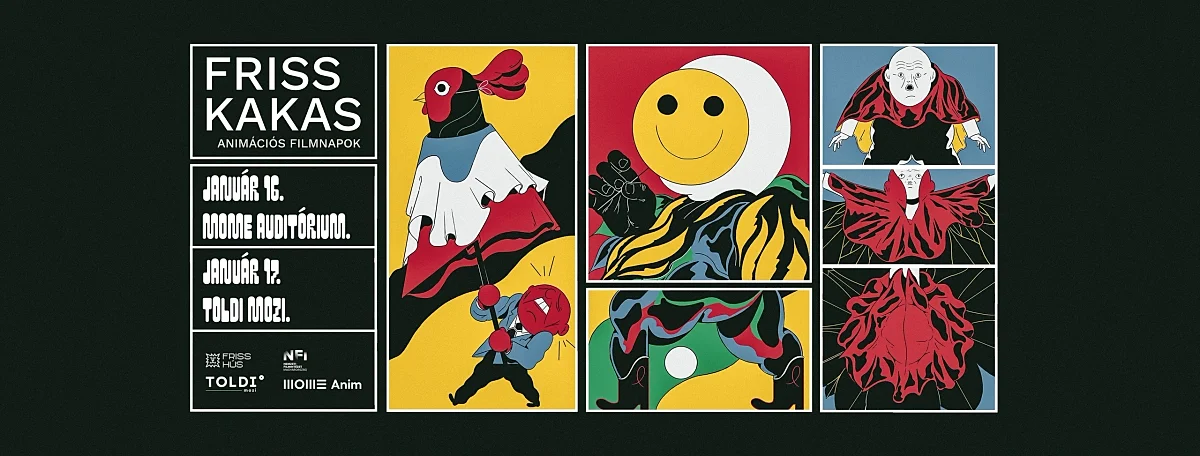
Deeply personal and socially relevant themes explored by graduating MOME Photography students
The exhibition marks the culmination of two years of intensive work, blending academic accomplishments and the shared vision of a dynamic, critically engaged community. Through collaboration between students from diverse cultural backgrounds, it highlights issues of both regional and global significance.
The first instalment ran from 10 September to 5 October, followed by a second between 9 and 31 October 2025. Its central theme reflects on the ambivalent relationships that shape the world today. The notions of “friendly” and “dangerous” have taken on broader and more nuanced meanings in the 21st century, extending far beyond their literal, everyday sense. Today, these ideas are intertwined with technology, politics, climate change, and the complex dynamics of human relationships in contemporary society. The title thus acts both as a compass and a challenge, encouraging students to reflect on the relationship between photography and society to uncover the hidden traps and conflicts behind the seemingly comfortable, user-friendly, and even harmless routines of everyday life.
Head of the MOME Photography MA Krisztina Erdei described the programme as “a hybrid space defined by cultural exchange, where students from different backgrounds collaborate and learn from one another.” Speaking at the exhibition opening, she noted that it is “far more than an academic course – it’s a dynamic, diverse community, a shared arena for dialogue and vision.” The aim, she explained, is to help students develop a personal photographic practice that respond to the challenges of the present while building on photography’s two-hundred-year legacy and its connections with sister arts. She also noted that the work taking place at MOME serves as a space for critical thinking, where Hungarian and international photographic practices converge, and where artistic expression transcends boundaries, carrying forward the legacy of the twentieth century’s Hungarian-born photographers of international renown.
Exploring the the common threads running through the graduating students’ work, art historian Zsolt Petrányi observed that while there is no single overarching theme, many artists are engaged in a kind of “redefinition of identity.” Their projects often act as broader self-portraits, emerging from personal struggles, ways of relating to the world, and individual paths of orientation in an age marked by crisis and upheaval. Their responses are deeply personal, rooted in their pasts, environments, and everyday experiences. Through these, they define themselves as artists while at the same time becoming interpreters of universal human concerns.
According to Petrányi, this kind of artistic response is inherently forward-looking. The students believe that knowing themselves and grounding their actions in that awareness is the first step towards building a better world. She added that contemporary art tends to reflect on the state of the world less directly, often through metaphor and suggestion – a shift that is clearly evident in contemporary photography as well.
The exhibition at the Capa Center showcases the work of twelve young artists, each interpreting the central concept through their own individual lens. Their images depict seemingly peaceful or harmless scenes — quiet urban landscapes, moments of family intimacy, montages reimagining personal memories, and gestures of volunteering. Yet as the viewer moves deeper into these visual worlds, underlying tensions begin to surface. The exhibition invites visitors to explore the subtle lines between safety and threat, and to consider how actions shaping the future are rooted in a critical awareness of the present.
Eddie Botstein’s project explores the complexity of both historical and contemporary armed conflicts. Eddie Botstein’s project explores the complexity of war, past and present. It highlights stories of resistance and solidarity that dominant narratives have silenced or ignored.
Laura Czirják’s series After the Applause focuses on the seemingly uneventful, monotonous moments of everyday life, revealing how much value can be found in them. These quiet intervals, she suggests, hold genuine intimacy and meaning in the fabric of everyday life.
Daniella Grinberg’s Fieldwork Laboratory examines the contradictions between ancient ecosystems and the contemporary story of human civilisation and control. Her work centres on humanity’s desire to dominate nature and the paradoxical, often absurd consequences that follow.
Sveta Maximova’s spatial installation FOG reflects on the visual culture of digital autocracies through a cascade of flickering iconic and post-iconic images. Although we live in an age saturated with images, her work suggests that the very notion of imagery is collapsing under the accelerating forces of censorship and manipulation.
Benjámin Melegh’s series The Golden Triangle focuses on the challenges and compromises of suburban life and the fragmented, ever-expanding urban fabric. Through his photographs, the emptiness and isolation brought about by poor urban planning and stalled development become strikingly visible.
Levente Németh’s project You End There, I Begin Here explores the emotional boundaries rooted in childhood trauma, and the feelings – spoken or unspoken – that come with it. His work reflects on the importance of confronting negative emotions as a means of survival.
András Pál’s project In-Between Process begins with the idea that the world is best understood through images – a notion that holds particular relevance for children with special educational needs or disabilities. His interactive installation uses photography as a medium for expressing thoughts and ideas, while his developmental tool prototypes could even be applied in educational settings.
Tamara Süle’s work draws on family photographs of her grandmother and mother, which not only tell the story of their journey into womanhood but also reflect what it meant to be a woman in twentieth-century Hungary. Through their eyes, she explores inherited roles, possible narratives, and the tools of memory and identity.
Laura Virág Szekeres’s series I Allow Myself to Be looks at childbirth from the perspective of a woman who has not yet experienced it. Through abstract, everyday scenes, she depicts symbols of fertility and sexuality, while her works on home births explore one possible form of bodily autonomy.
Lilla Szűcs Szepsi’s series I Always Fantasised About Screaming Alone by the Ocean reveals the lasting impact of childhood emotional trauma on the sense of self, the fragmentation of personality and the struggle of those longing for redemption, as they seek an answer to whether the past can ever truly be overcome.
Kamilla Takács uses clothing to preserve the memory of her grandmother. Her project You Are Everything I Am, You Are Everything I Will Never Be reflects on the place of the past in modern life, exploring how remembrance, preservation, and mourning can be expressed through acts of making.
Adi Tudose’s The Pink Fish of Insomnia unfolds within an imagined universe, where solitary figures drift through cityscapes or gaze inward behind glass walls. Her work explores loneliness, the search for belonging, and the fragile nature of human existence, while reflecting on social identity and representation.

